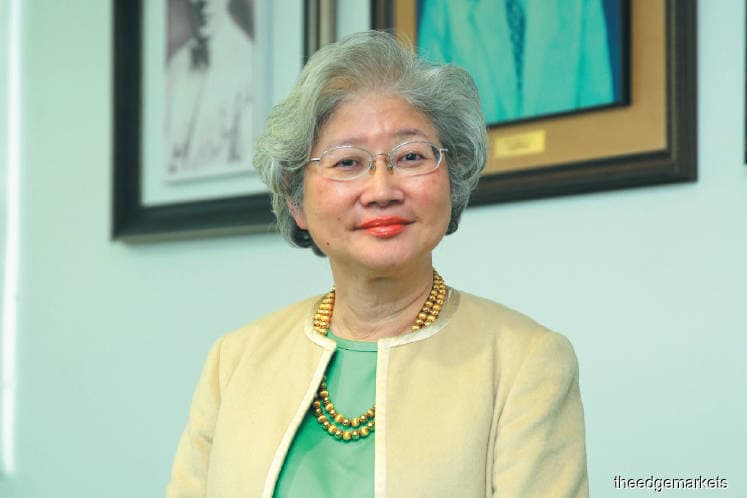
This article first appeared in The Edge Malaysia Weekly on November 12, 2018 - November 18, 2018
UNITED Malacca Bhd has put four of its oil palm estates in Peninsular Malaysia up for sale to raise funds for its Sulawesi joint venture in Indonesia.
The estates have a total carrying value of RM80.85 million, based on information provided in the group’s latest available annual report.
According to a recent print advertisement, the four estates up for collective sale by tender are the Masjid Tanah, Selandar, Tampin and Pelin estates, measuring 2,533 acres or 1,024ha in total. The first two are located in Alor Gajah, Melaka, while the others are in Negeri Sembilan.
The advertisement, which laid out the estates’ division, location, acreage and plantation profile, called for interested bidders to make their offers before noon on Dec 7.
Confirming that the century-old plantation company is monetising the estates, its chairperson Datin Paduka Tan Siok Choo tells The Edge that they are the smallest in its portfolio.
“The sale is to raise funds for our Sulawesi joint venture. As stevia matures in three months, the processing plant has to be constructed and completed before we start planting,” she says in a text message.
Tan adds that there is also a need to build basic infrastructure such as pathways, offices and accommodation.
Although the group is looking to monetise the assets, Tan stresses that there will be no retrenchment of workers. “All existing staff, including foreign workers, will be retained and redeployed in the group’s other estates that are faced with labour shortage,” she says.
United Malacca was founded by the late Tun Tan Cheng Lock in 1910 and currently owns 49,223ha of oil palm estates in Malaysia and Indonesia, according to its 2018 annual report.
In Malaysia, 88% of its 24,638ha land bank — spread across Melaka, Negeri Sembilan, Johor, Pahang and Sabah — are planted while in Central Kalimantan, 46% of its 24,585ha land bank are cultivated.
Among the four estates, the largest is Masjid Tanah — which comprises the Masjid Tanah and Sungei Baru divisions — at 355ha, followed by Tampin (299ha), Selandar (217ha) and Pelin (154ha). They make up about 4.2% of United Malacca’s land bank in Malaysia.
While Pelin has mature trees of 21 years old, the oil palms in the other estates range from one to 26 years old, according to the sale advertisement.
An analyst covering the stock was caught by surprise at the news, given that land in Peninsular Malaysia is becoming scarce and expensive. “I do not understand the rationale behind this land sale. I’ve never seen United Malacca disposing of land. Its estates in Malaysia are quite well-managed and have high yields.
“I find it difficult to understand. Its cash flow looks healthy and the gearing level is low. If it needed to raise funds, it should have gone through the conventional way of gearing up,” the analyst says on the condition of anonymity.
As at July 31 this year, United Malacca had cash and bank balances of RM72.93 million. For the full financial year ended April 30, 2018 (FY2018), the group’s gearing ratio stood at 3%, lower than FY2017’s 5%.
To recap, on Oct 17, 2017, United Malacca signed a deal to buy a controlling stake in PT Wana Rindang Lestari (WRL) for US$7.19 million or RM30.33 million.
WRL, a company involved in agriculture, has a business licence from Indonesia’s Forestry Ministry to develop a parcel measuring 59,920ha in Central Sulawesi, Indonesia. The deal was completed in August this year.
According to United Malacca, the acquisition was to help the group widen its earnings base and reduce its dependency on a single commodity, palm oil, by diversifying into cash crops like stevia, coconut, cocoa and coffee.
Save by subscribing to us for your print and/or digital copy.
P/S: The Edge is also available on Apple's AppStore and Androids' Google Play.